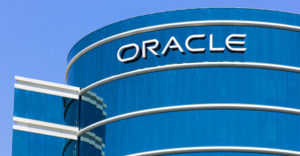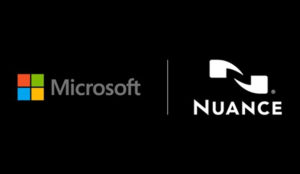
The two largest electronic prescription networks have decided to merge. By joining together their two platforms, RxHub and SureScripts maintain that both doctors and patients will benefit.
Having one integrated system gives doctors more information about patients’ health insurance plans as well as related medical history, Robin Cronin, a spokesperson for SureScripts told CRM Buyer.
In practical terms, that means “a patient has less of a chance of getting to the pharmacy counter with his prescription only to find that the doctor has prescribed a drug that requires a (US)$200 co-pay,” he said.
Behind the Scenes
It is an interesting merger, given the behind-the-scenes roles the two firms play in many patients’ healthcare. The two networks say that, together, they expect to transmit 100 million prescriptions online this year and field 70 million requests by doctors.
A seven-year old organization, SureScripts is a joint venture between the National Association of Chain Drug Stores and the National Community Pharmacists Association. CVS Caremark, Express Scripts and Medco Health Solutions founded RxHub.
In general, the healthcare industry supports any move that expands and supports e-prescribing, Devon Herrick, a senior fellow and health economist at the National Center for Policy Analysis, told CRM Buyer.
“Everyone agrees it improves safety as paper scripts can be hard to read, plus people can lose them,” he said.
Also, these e-prescription platforms have built in error-checking safeguards to prevent a person from taking two prescriptions that might dangerously interact, Herrick added. Integrating the two networks enhances that safety element.
Safety is a big plus in this merger, Andrew Rocklin, principal in the healthcare practice of Diamond Management & Technology Consultants, told CRM Buyer. “The flow of prescription data is more timely and consistent than other clinical data, and can be used for early detection identification of candidates for specialized care management.”
The Case for PHRs
A final plus to this merger, Rocklin added, is that a more comprehensive e-prescription network might pave the way for greater adoption of automated personal health records. Even if the operational obstacles to PHRs are overcome, he said — citing privacy concerns, interoperability and usability — consumers won’t interact with their health data until they see value connected to it. “For most people, the value needs to connect to everyday priorities.”
Herrick, however, cautions that even if consumers jump on the PHR bandwagon, inspired by their e-prescription experience, that won’t necessarily usher in widespread use of these documents. There are bottom line considerations that are unique to the healthcare industry, he said. “We are still a long way away from getting the full benefits of automation.”
Unlike the case with electronic banking where banks supported its use and were willing to invest in it, insurance companies are the primary underwriters of any huge investment made in this space — and they have not exhibited much enthusiasm for these developments, Herrick noted.





















































